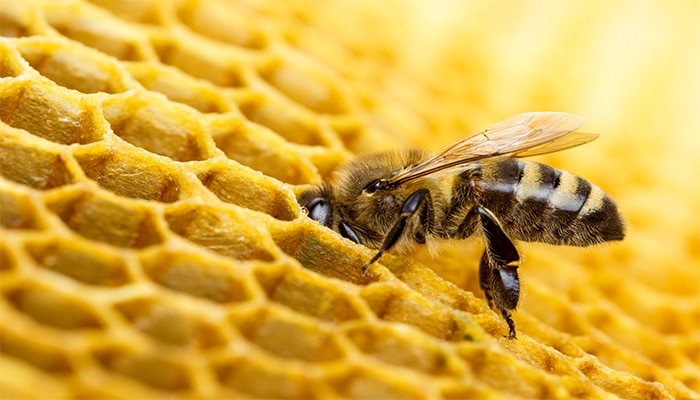A new technical guide:
HEALTH/11956/2016 rev 9 for determining pesticide residue levels and setting maximum residue limits in honey will be applicable from 1 January 2020.
It will therefore apply to all reviews and applications submitted by an applicant to a Member State from that date.
This document was approved by the Standing Committee for Plants, Animals, Food and Feed at its meeting on 18-19 September 2018.
Honey is a commodity that may contain residues of plant protection products (PPPs) through the exposure of bees during the collection of nectar and pollen. It is therefore appropriate to establish safe maximum residue limits (MRLs) for consumers.
Until now, no methodology for setting MRLs in honey had been established. Therefore, MRLs on honey are set at the detection limit of 0.05mg/kg.
According to Regulation (EU) No 283/2013 laying down data requirements for active substances, a residue concentration study in pollen and apiculture products must be carried out.
This guide is therefore intended to provide additional technical information and data necessary for the establishment of MRLs in honey. Consumption of pollen, royal jelly, propolis and beeswax is negligible, so experimental residue data need not be generated for these products.
As with other food products, a residue definition must be established for honey.
This must take into account toxicologically relevant compounds resulting from the use of pesticides on crops collected by bees.
This residue definition may include:
- the original substance and metabolite(s) included in the residue definition on primary crops
- degradation products formed during the pasteurisation process
- metabolites included in the residue definition of the risk assessment for rotational crops and/or a compound remaining in the soil after application of the active substance.
The guide has set up a decision tree in APPENDIX I to establish the MRL for honey.
You will find below the main lines of this diagram:
1) Are pesticide residues likely to be detected in honey?
- If residues in honey are not expected (the substance is applied to a crop from which it is





